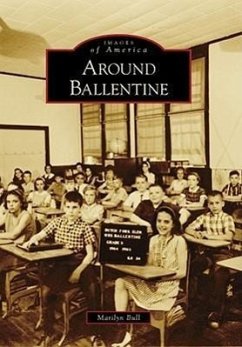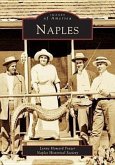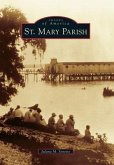Originally settled by the Germans, Swiss, and Dutch, Ballentine is a small town in what is known as the Dutch Fork area. This area includes the land from Newberry to Columbia and between the Saluda and Broad Rivers. Alan Ballentine moved his family to this rural farming area in the 1850s. His descendants operated a sawmill, gristmill, cotton gin, general store, and an oil company at various times from the 1890s to the 1990s. In the 1890s, the railroad came through the Ballentine property and had a stop that was known as Ballentine's Mill. Later it became known as Ballentine. The town of Ballentine, like so many small towns and communities in the area, sprang up around the railroad. While some towns like Chapin incorporated, others like White Rock, Hilton, and Ballentine did not, so the area, while successful, retained the feel of a small town. With Lake Murray nearby and the interstate within minutes, Ballentine's history has been preserved as a wonderful place to live and visit in South Carolina.








